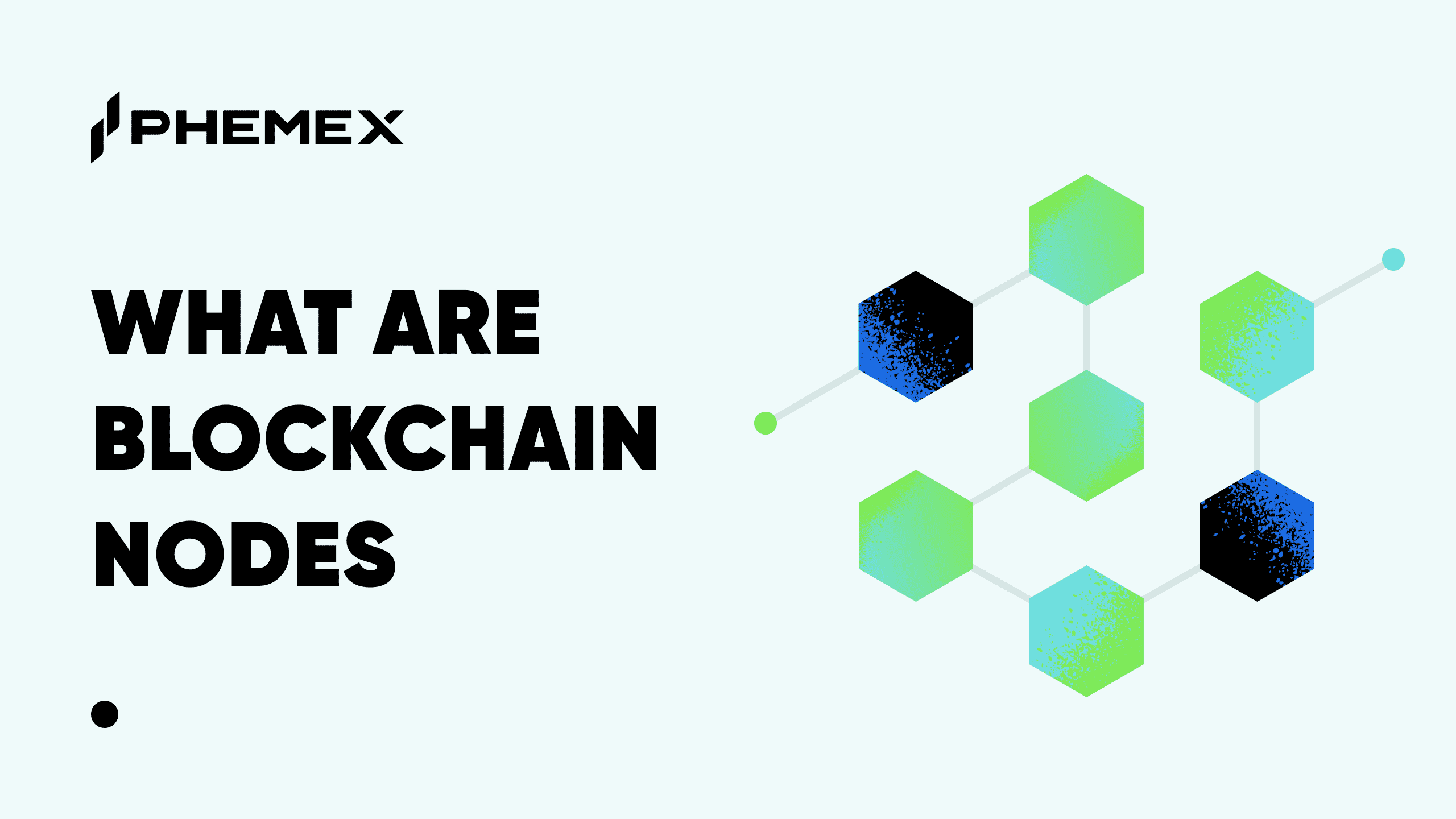What is On-chain in Crypto?
On-chain in the realm of cryptocurrency is a critical component underpinning the operational framework of blockchain technology, comprising transactions and data meticulously recorded and authenticated on the blockchain's publicly accessible ledger. This system is pivotal for fostering a decentralized, transparent, and secure environment for conducting digital transactions. Every on-chain transaction is subject to a verification procedure via the network's consensus mechanisms, such as Proof of Work (PoW) or Proof of Stake (PoS), ensuring the transaction's authenticity before its permanent incorporation into the blockchain. The public ledger offers anyone transparent access to transaction records, reinforcing the integrity and traceability of the data.
Distinguishing itself from traditional digital transaction methodologies, the on-chain mechanism in blockchain technology negates the need for centralized validation and record-keeping, typically done by banks or similar entities in conventional systems. Blockchain technology embraces a distributed ledger approach, dispersing the validation process across a wide array of network nodes or participants, thus democratizing transactions, bolstering security, and minimizing fraudulent activities. The immutable characteristic of the blockchain guarantees the enduring integrity of on-chain transactions, preventing any alterations or deletions and thus creating a permanent, tamper-proof record.
Furthermore, on-chain transactions are integral to the operation of smart contracts—automated contracts with terms codified directly within the blockchain. These contracts autonomously execute agreed terms based on preset conditions, eliminating the necessity for intermediaries. The initiation and execution of smart contracts occur on-chain, tapping into the blockchain's potential for automated, trustless transactions.
Nevertheless, on-chain transactions are not devoid of challenges, especially regarding scalability and transaction fees. The need for network verification and blockchain recording for every transaction can lead to bottlenecks and elevated costs on congested networks. This has spurred the development of Layer 2 solutions like off-chain transactions and state channels, designed to mitigate these challenges while preserving on-chain transactions' security and transparency.
In summary, on-chain transactions are the bedrock of blockchain technology, ushering in a paradigm shift towards a secure, transparent, and decentralized digital transaction framework. They mark a significant departure from centralized systems, enabling the advent of innovative applications and systems that exploit the unique attributes of blockchain technology.
How does it work?
The operation of on-chain transactions in the world of cryptocurrency is a meticulously organized and secure procedure, fundamental to the essence and functionality of blockchain's decentralized nature. This procedure kicks off with the initiation of a transaction, which is then broadcasted throughout the network. Each transaction is inherently public from the moment it is made, ensuring transparency for every participant within the network. This aspect of blockchain technology starkly contrasts with traditional financial systems, which typically centralize control over transaction ledgers.
The core of the on-chain transaction process lies in the validation step, conducted by miners or validators in accordance with the blockchain's chosen consensus mechanism, such as Proof of Work (PoW) or Proof of Stake (PoS). These mechanisms are crucial for verifying the legitimacy of transactions, thereby preventing fraud and double-spending and ensuring that each transaction is both unique and unalterable once recorded. Successfully validated transactions are then compiled into a new block and attached to the blockchain, solidifying the transaction's security and further cementing the ledger's integrity and continuity.
The consensus required for transaction validation underscores the network's integrity and security, fostering a democratic process that necessitates collective agreement among network participants to confirm transactions. This eliminates the need for central authority, maintaining the network's decentralized and secure nature. The open and transparent nature of this process allows anyone to verify transaction authenticity and asset ownership, building trust within the ecosystem.
Moreover, this on-chain transaction methodology and the pivotal role of consensus mechanisms underscore blockchain's ability to function as a public, tamper-proof ledger. The revolutionary transparency and security provided by blockchain technology lay the groundwork not only for cryptocurrencies but also for a broad spectrum of applications across various sectors. The immutable nature of blockchain transactions ensures that once data is recorded, it remains unchangeable, establishing a permanent and secure transaction record accessible to all participants in the network.
In essence, the mechanism behind on-chain transactions in cryptocurrency showcases the innovative potential of blockchain technology. It represents a move towards a system that is more secure, transparent, and decentralized for recording transactions and managing digital assets. Through the detailed processes of transaction broadcast, validation, and block addition, along with the essential function of consensus mechanisms, blockchain technology guarantees the digital ledger's integrity, security, and accessibility, marking a notable shift from traditional financial and record-keeping systems.
The Advantages of On-chain in Crypto
On-chain transactions in the cryptocurrency world bring forth a multitude of advantages crucial for the integrity and operational excellence of blockchain technology. Central to these benefits is the unmatched level of security and transparency that on-chain transactions afford. Recorded on a universally accessible public ledger, these transactions are not just visible to every participant in the network but are also etched into the blockchain, creating an immutable and historical record that stands robust against fraudulent alterations. This foundational level of security instills a deep sense of trust in blockchain technology among users by ensuring the authenticity and irrevocability of each transaction.
Additionally, the transparency characteristic of on-chain transactions unlocks a plethora of analytical opportunities that significantly benefit investors, developers, and general participants in the cryptocurrency ecosystem. The rich data provided by on-chain activities enhances fundamental analysis, risk management, auditing, and trend analysis, offering profound insights into transactional behaviors, network well-being, and the intricacies of tokenomics. This environment, abundant in data, equips stakeholders with the necessary information to make decisions that are both informed and grounded in the realities of blockchain activities.
The analytical potential of on-chain transactions is particularly instrumental in deciphering market sentiments, identifying nascent trends, and evaluating the health and prospects of various blockchain initiatives. The advent of platforms and tools specializing in on-chain analytics democratizes access to sophisticated data interpretations and visualizations, bridging the gap between individual investors and institutional entities adept in data analysis. These resources provide actionable insights, empowering users to confidently navigate the intricate cryptocurrency market landscape with strategic foresight.
Beyond the realms of security and analytics, the benefits of on-chain transactions extend to embody the core philosophy of blockchain technology—decentralization. These transactions promote a democratized access to transactional data, ensuring the ledger's resistance to tampering and maintaining its transparency, starkly contrasting with the opaque and centralized nature of traditional financial systems.
In summary, on-chain transactions are pivotal to blockchain technology, underpinning a secure, transparent, and data-driven digital economy. They not only facilitate a secure and transparent mechanism for digital asset exchanges but also serve as a rich data source for comprehensive analysis, fueling the continued evolution and maturation of the cryptocurrency domain. Through on-chain transactions, blockchain technology fulfills its promise of heralding a more open, transparent, and secure financial future.
The Disadvantage of On-chain in Crypto
While on-chain transactions are celebrated for their enhanced security, transparency, and permanence in the realm of cryptocurrency, they inherently possess certain limitations. A notable drawback is the potential for delayed processing times. Networks like Bitcoin and Ethereum can experience congestion due to a surge in transaction volumes, resulting in extended wait times for confirmations. This congestion stems from the finite number of transactions each block can accommodate within a specific period, leading to bottlenecks during peak activity periods.
Furthermore, executing transactions on-chain can incur significantly higher costs compared to their off-chain counterparts. In times of network congestion, users often find themselves competing by offering higher transaction fees to prioritize their transaction processing by miners or validators. This competition can escalate fees, rendering on-chain transactions cost-prohibitive for smaller transactions and thus limiting the blockchain's accessibility and practicality for daily transactions.
Scalability poses another critical challenge for on-chain transactions. The fixed block sizes and slower block times inherent to certain blockchains constrain their ability to efficiently scale, affecting their capacity to accommodate an increasing number of users and transaction volumes without sacrificing speed or affordability. The blockchain community actively explores solutions to these scalability issues, including layer 2 scaling techniques, sharding, and the introduction of novel consensus mechanisms aimed at bolstering throughput and minimizing transaction costs.
In summary, while on-chain transactions are foundational to the decentralized and trustless nature of blockchain technology, they also introduce practical hurdles that need to be addressed. Striking a balance between upholding blockchain's decentralized and secure principles and ensuring scalability and cost-efficiency for users is a pivotal area of ongoing development. Advances in blockchain technology are continually sought to refine the efficiency and broader applicability of on-chain transactions, aiming to mitigate these challenges and enhance user experience across the board.
Read More
- What is Off-chain in crypto & How does it Work?
- What is On-Chain Analysis: A Beginner’s Guide
- What is Blockchain Technology: The Biggest Misconception About It
- What is Base Chain & How does it Work?
- What is Cryptocurrency & How does it Work?
- What Are Smart Contracts on the Blockchain?
- What is Blockchain Cryptography: The Backbone of Blockchain Security
- What is Blockchain Trilemma: Solving Crypto’s Big Challenge








